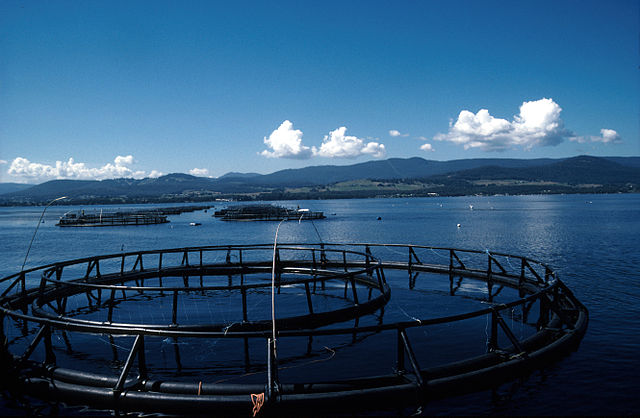Salmon fishers, industry reps and stakeholders are circumnavigating around a decision to stop expanding the Tasmania marine fishery for surveying reasons.
An August 17, 2025 the government of the south Australia state paused further offshore fishing expansions to undertake fish mortality studies.
Apparently, over 3 million salmon died in summer 2024 in coastal Tasmania from Piscirickettsia salmonis bacteria, per the Bob Brown Foundation.
For this reason, the government intends to pause marine fishery overreach until it conducts an independent survey to gauge viability.
“...the industry is on notice,” said Tasmania’s prime minister Jeremy Rockliff, citing that mass mortalities have necessitated the study.
Premier Rockliff promised to usher in an investigator from mainland Australia to carry out the independent survey.
This is even as Salmon Tasmania’s CEO John Whittington accused the premier for “strangling” current gains, which discourages island investments.
Regarding investments, the current regulation affects only offshore fisheries but will still spotlight foreign ownership of land-based salmon aquaculture.
According to ABC News, three leading farmed salmon businesses in Tasmania have foreign owners, one being Huon Aquaculture from Brazil.
The regional government in turn praises the state as the supplier of above 90% of all national Atlantic salmon.
In the 10 years ending 2024, Atlantic salmon was Tasmania’s biggest commercial fishery grosser at A$1 billion ($651.1 billion) annually. Handsome Aussie salmon wholesale rates of up to A$13.01 ($8.46) a kg contributed to the income. And as the statistics below indicate, the sky is still not the limit for the industry in terms of financial ambition.
Tasmania Atlantic Salmon Fishery Statistics
Tasmania island in south Australia powers the national salmon industry, with exports worth A$247 million ($154.9 million), according to the government. The island initiated its Atlantic salmon industry in 1984 by sourcing eggs from New South Wales. Four years later in 1989, the sector was big enough to compete with Norway for the lucrative Japan market.
With a 10% annual growth rate since 2000, Tasmania’s fisheries have been producing 12,000 tonnes of salmon a year. The quantity grew fivefold in 2019-20 to 65,000 tonnes. It then escalated to 75,000 tonnes in the 2022-23 timeline, according to the Seafood Media. It is no wonder then that about 90% of the total Atlantic salmon production in Australia comes from this island, per governmental statistics.
The island’s salmon industry revenue, including exports, has grown exponentially. It doubled from A$497 million ($323.6 million) in 2014 to over A$1 billion ($651.1 billion) in 2024. This value has easily made the sector by far the biggest commercial fishery in Tasmania.
Who farms salmon in Tasmania?
Atlantic salmon farming in Tasmania is both on land farms and in marine embankments. Around 1,700 permanent workers depend on these farms or marine fisheries for a livelihood. By March 2025, there were 47 active salmon farming licenses in the state, shared across 8 firms, some of them foreign. The biggest home firm is Sealord Group, under the Petuna company, which has many salmon concerns across the state.
